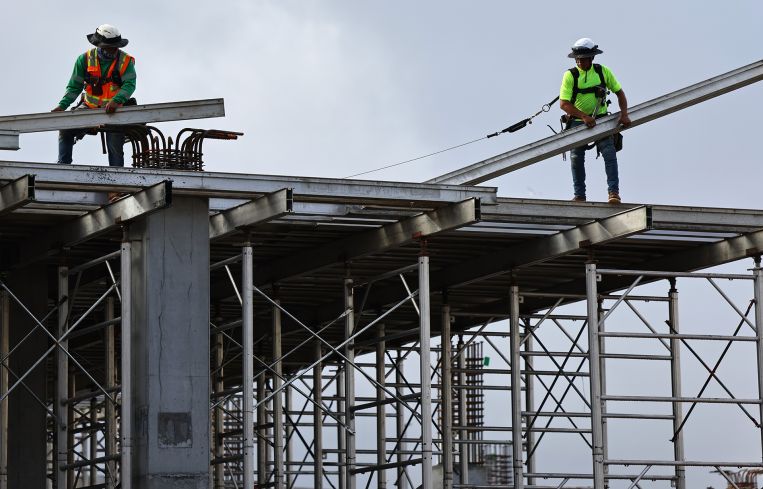Engineering and Construction Deal Activity Persists Despite Tariff Uncertainty
By Isabelle Durso June 18, 2025 5:00 am
reprints
Deal volume in the engineering and construction sector has remained strong so far in 2025, largely due to sustained housing demand and infrastructure investment, according to a new report from PricewaterhouseCoopers (PwC).
The continuous deal activity in the sector comes as a bit of a surprise following new tariffs under the Trump administration, labor shortages, and an unpredictable macroeconomic environment in recent months.
Still, despite ongoing concerns over affordability and financing, developers are continuing to build both single-family and multifamily properties across the U.S., particularly in the South, where demand for housing continues to outpace new supply, the report found.
In addition, public spending tied to federal initiatives has continued to drive construction in the health care, education and public safety sectors, as those areas are “less exposed to cyclical risk or economic uncertainty,” PwC said in its report.
And while things look good for construction deal volume regarding housing and public services facilities, the full impact of the tariffs on the broader industry has yet to be realized.
“The housing market is bracing for a storm of rising costs driven by tariffs and labor shortages,” Michelle Ritchie, U.S. industrial products deals leader at PwC, said in a statement to Commercial Observer. “However, strong underlying demand, particularly in the South, continues to fuel cautious optimism among builders and investors.”
Thirty percent of the total building product supply in the U.S. is related to imports, with Canada, China and Mexico accounting for 46 percent of total imported building materials, PwC said.
Specific trade policies are still uncertain after various changes and pauses, but construction material prices are expected to see even more pressure as the effects of the tariffs take shape over the next few months.
Rising sourcing costs, as well as labor shortage challenges caused by limited skilled labor availability and rising subcontractor costs, are also prompting buyers to pursue deals with more flexible supply chains and modular capabilities that may help offset cost pressures.
Looking toward the second half of 2025, companies will likely need to remain vigilant as tariff-related cost pressures build and policy shifts, though PwC said price pressures from trade policies “appear to be stabilizing as negotiations progress with key trade partners.”
The firm also predicted “disciplined deal-making will continue” throughout the year, as buyers focus on long-term value creation, remain strategic with deal selections, and reassess portfolios.
“Engineering and construction deal activity remains resilient despite ongoing labor and tariff headwinds,” Ritchie said. “Firms are seizing strategic opportunities to invest in scalable, future-ready platforms, particularly those embracing modular construction.”
Meanwhile, there’s already been an industrial slowdown in response to the tariffs, with the U.S. industrial development pipeline decreasing 62 percent to 306.9 million square feet last month from its peak during the fourth quarter of 2022 of 806.9 million square feet, as CO previously reported, citing a report from Savills.
“Expect a long-term trend toward more domestic-oriented supply chains, strategic inventory management driving space needs, and higher construction costs necessitating more efficient designs,” Gregory Healy, executive vice president and head of industrial services at Savills, told CO in May.
Isabelle Durso can be reached at idurso@commercialobserver.com.


